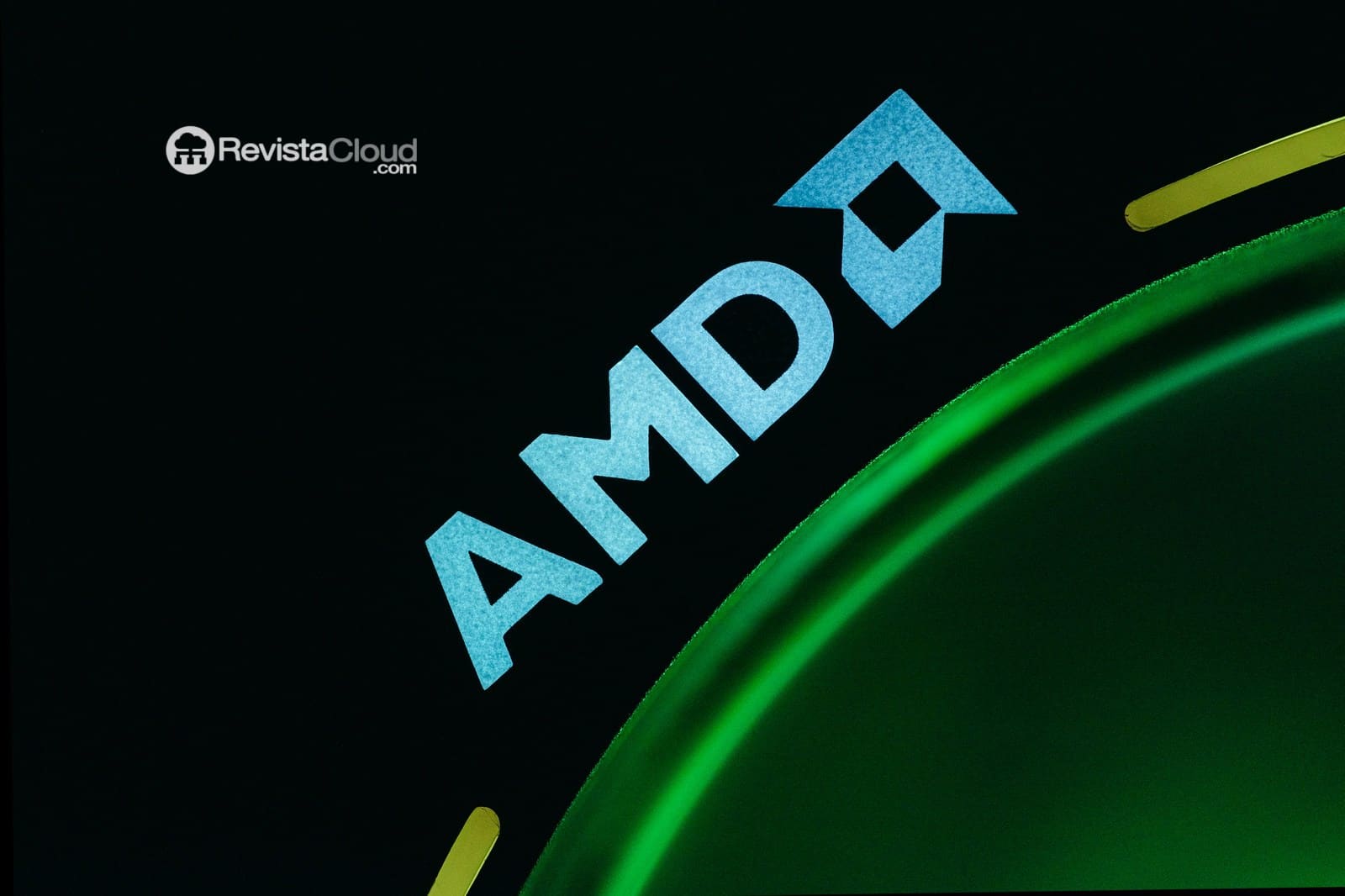The strategic operation aims to accelerate the deployment of AI infrastructures based on AMD’s CPU, GPU, and proprietary networks in a market valued at $500 billion by 2028.
AMD has officially announced the completion of its acquisition of ZT Systems, a leading provider of general computing and artificial intelligence infrastructure for hyperscale providers. This strategic purchase allows AMD to advance toward end-to-end AI solutions, combining its own hardware (CPU, GPU, and networks), its open-source software ROCm™, and the rack-level design and assembly capabilities brought by ZT Systems.
The move is a key step in AMD’s strategy to position itself as a major player in the growing market for AI accelerators in data centers, a sector forecasted to reach a value of $500 billion by 2028.
A merger of capabilities to drive AI at scale
With this acquisition, AMD will integrate ZT Systems’ design teams into its Data Center Solutions business unit, led by Forrest Norrod, AMD’s Executive Vice President. The company expects the operation to be financially beneficial (non-GAAP) before the end of 2025.
“Reducing the design and deployment times of AI systems at the cluster level will be a key competitive advantage for our customers,” Norrod stated. “ZT Systems brings critical expertise in system design and customer support, allowing us to offer ready-to-deploy solutions optimized for real-world environments.”
Leadership changes and potential strategic sales
As part of the operation, Frank Zhang, founder and former CEO of ZT Systems, joins AMD as Senior Vice President of ZT Manufacturing. His primary responsibility will be to lead the divestment process of ZT Systems’ manufacturing unit based in the United States, with AMD planning to finalize the sale during 2025.
Additionally, Doug Huang, former President of ZT Systems, will join AMD as Senior Vice President of Platform Engineering for Data Centers, also under Norrod’s direct supervision.
A commitment to the open ecosystem
AMD has emphasized that this integration aligns with its strategy based on open standards. By combining its hardware technologies with ROCm software and now ZT Systems’ system engineering, the company aims to offer its customers a differentiated offering with more options, faster time-to-market, and scalable solutions.
The firm asserts that this modular and open approach will allow its clients to invest and customize those areas of their infrastructure where they wish to differentiate themselves, particularly concerning training and deployment solutions for AI.
Expected impact and risks
While AMD projects short-term financial benefits and an acceleration in the deployment of AI solutions, the company also acknowledges the associated risks. Notably, these include the complexity of integrating teams and processes, the possibility that strategic sales such as the manufacturing unit of ZT may not materialize, or that the anticipated benefits could be delayed longer than expected.
Furthermore, the company mentions in its official statement that external factors such as relationships with clients, suppliers, and regulators could be temporarily affected following the operation.
A step further into the future of cloud AI
With this acquisition, AMD strengthens its positioning against competitors like NVIDIA and Intel at a crucial moment for the tech industry, characterized by the rise of generative AI models and the demand for specialized infrastructures. The combination of system design expertise, proprietary hardware, and an open ecosystem places AMD in a strategically advantageous position to compete in the new paradigm of large-scale artificial intelligence.
source: AMD

